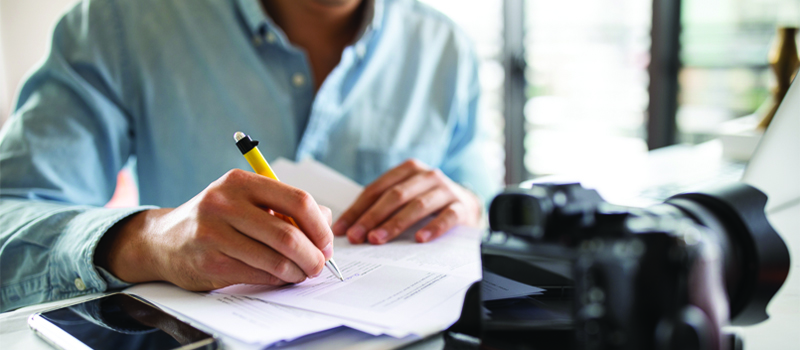How to Document Your Personal Belongings for an Insurance Claim
How to Document Your Personal Belongings for an Insurance Claim

How to Document Your Personal Belongings for an Insurance Claim
If someone asked you to list all your personal belongings from memory, how many items do you think you're likely to remember? If you're like most people, the answer is probably a lot less than you think. Here, we'll look at how to document your possessions so you can file an accurate insurance claim in the event of a loss.
Start With a Video Tour
Video tours usually only take a few minutes. Simply grab your phone, turn on recording, and then take it from room to room. Zoom in on higher-end items, including model numbers if they're easily accessible. Once you're done, be sure to upload to the cloud so you can access it from anywhere.
Consider Your Most Valuable Items
Whether it's jewelry, electronics, or artwork, you can focus more on the most costly items instead of attempting to document every fast-fashion impulse or beach towel you have. Bear in mind that insurance companies will factor in depreciation, so it's important to keep current records of your most valuable items (or take out individual policies for them).
Keep Your Belongings Current
To maintain current documentation, some people go so far as to make new lists every few months - particularly if they frequently make major purchases or sales. For example, if you upgrade your sound system every time a new model comes out, update your belongings list.
Whether you lose possessions due to fire or theft, regular updating helps you be more confident with every line item. It may not be easy to establish value, especially if demand for certain items is fickle, but you stand a better chance when everything is updated.
After The Event
If you need to document your belongings after an incident, here are a few tips to improve accuracy.
- Go room by room: Photograph or video all items in a room as well as any damage to them or surrounding areas. For example, if your couch was damaged due to a bookshelf falling on it, you might document the failure that caused the bookshelf to tip over.
- Ask for photos: If your items are no longer identifiable, and you don't have any recent photos or videos, you can ask friends and family if they have more current proof. You can use items in the background as well as image timestamps when filing a claim.
- Keep records: Whether it's a user manual, receipt, or model number, you can use other records to help you recreate your list of belongings. Everything from purchase dates to estimated replacement values could bolster your requests.
Whether you use digital spreadsheets or a notebook, documentation comes down to organization. While it's possible to piece together your belongings after an event, you're always better off doing it before a major disaster can strike.
